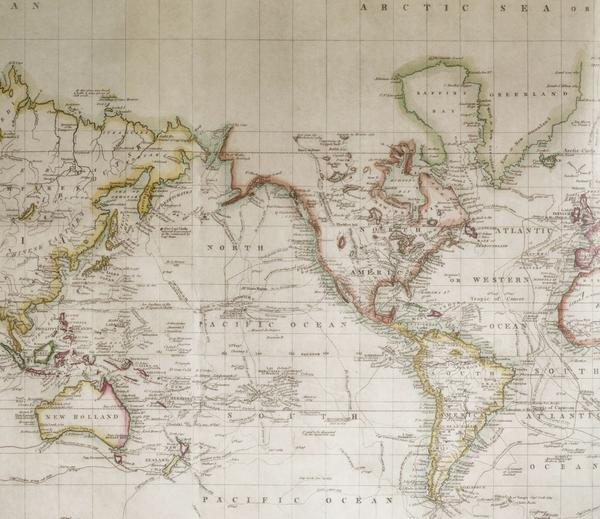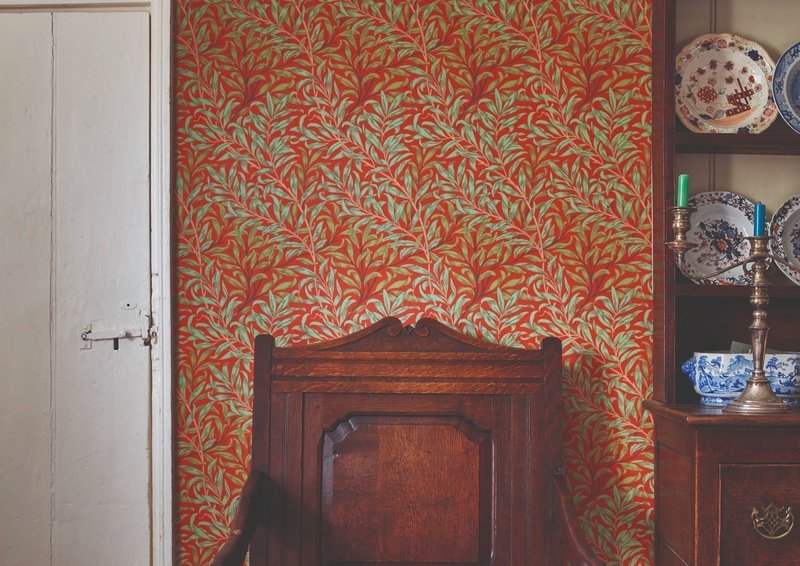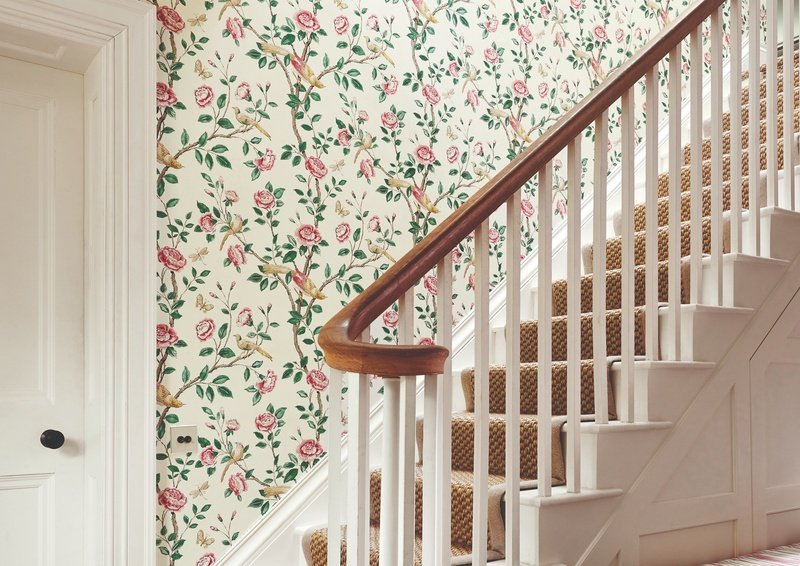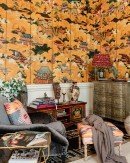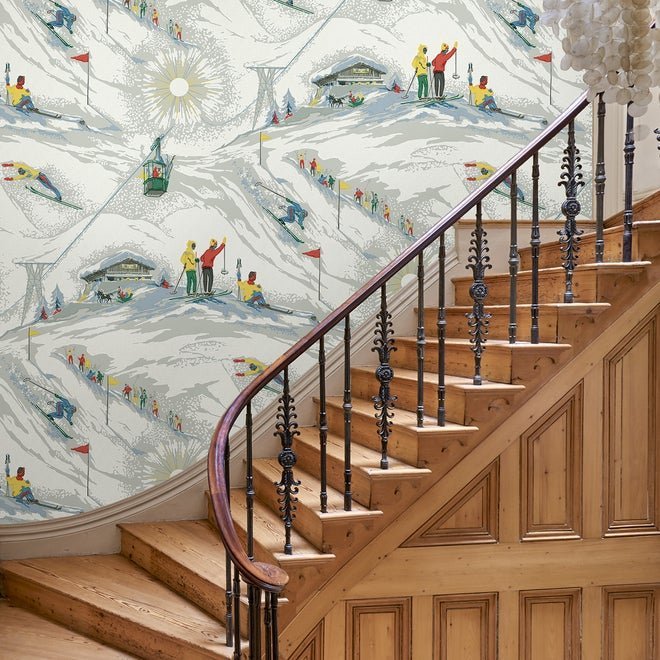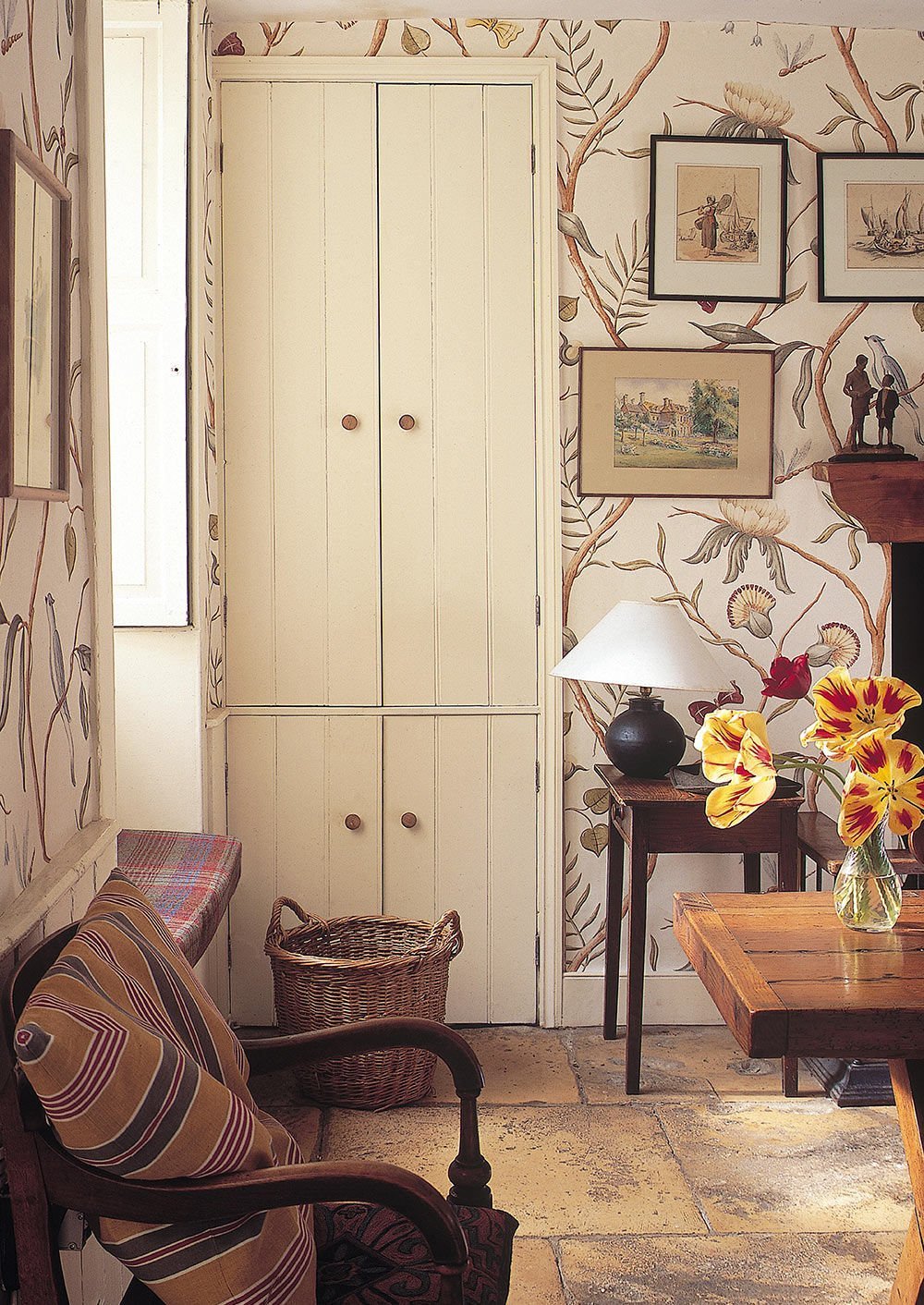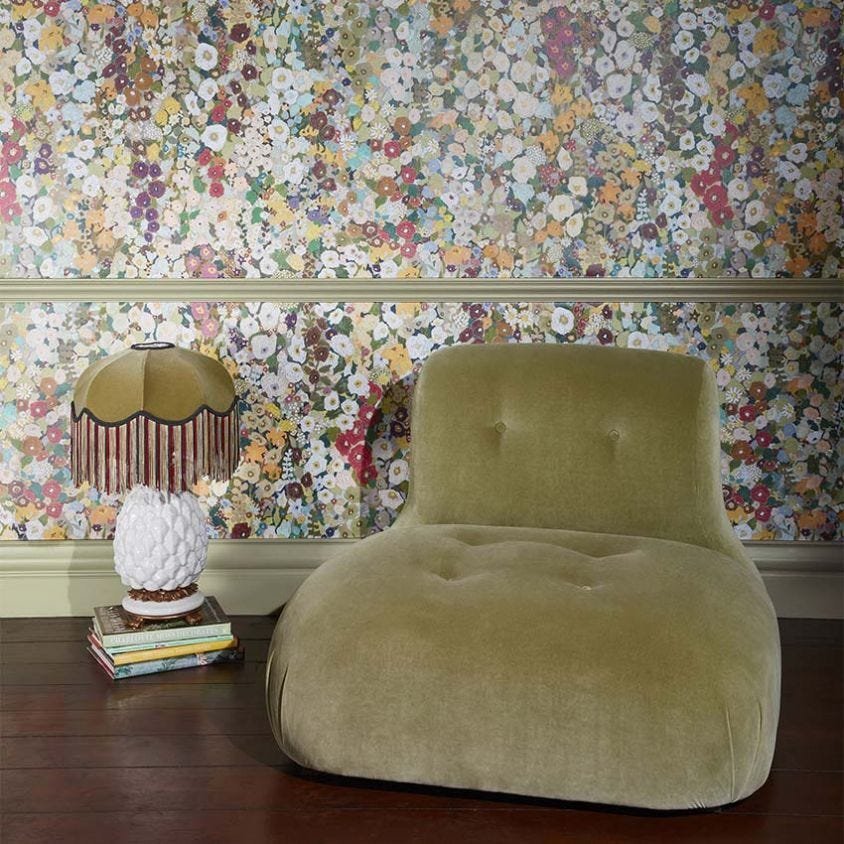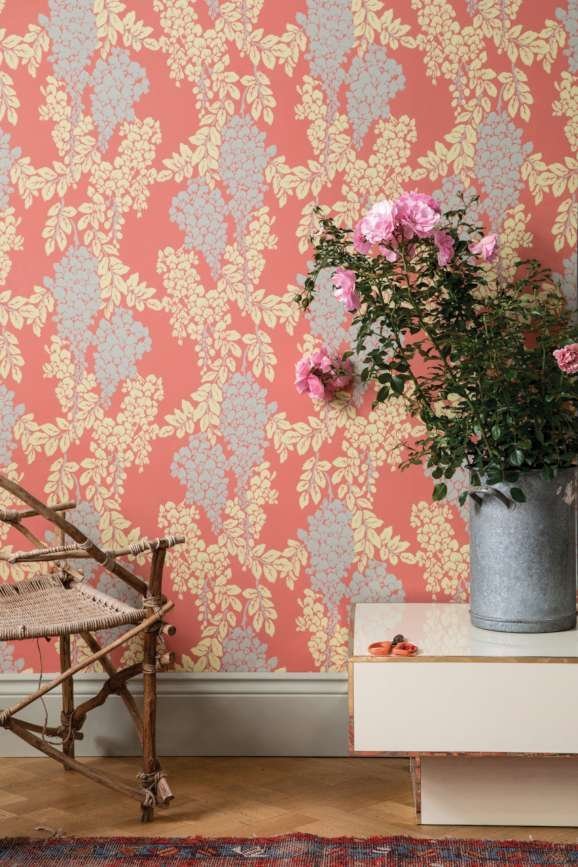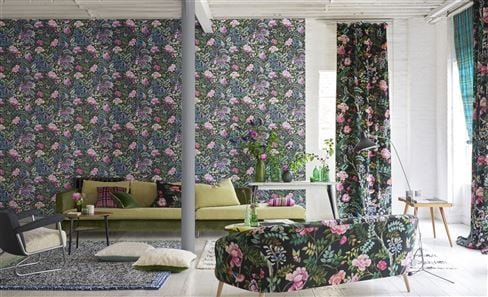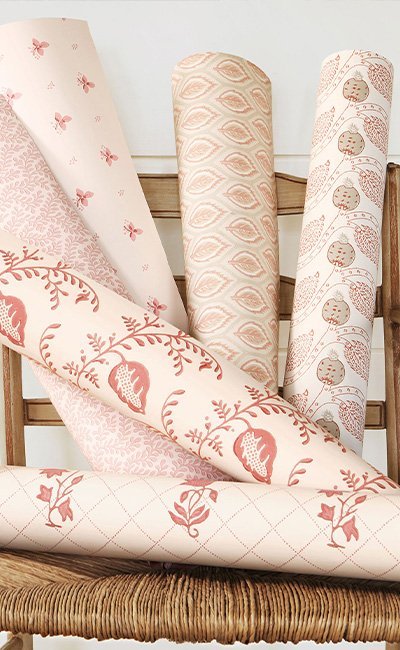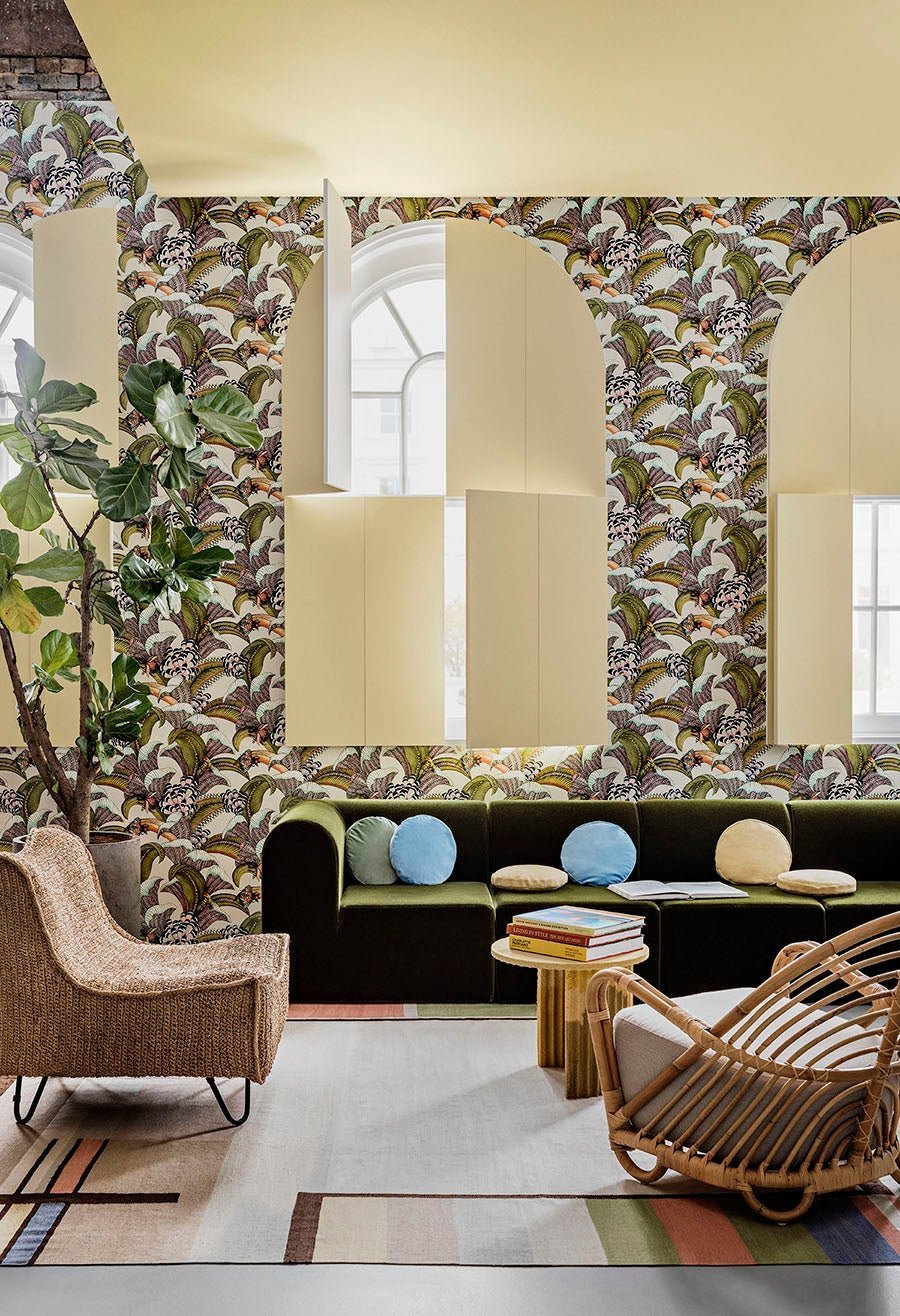The Gunter & Co Guide to Wallpaper: Part 2
Wallpaper: Let’s get technical and discuss your wallpaper options
From London Interior Design Expert Irene Gunter
It’s extremely useful to have a bit of background knowledge about the different types and sizes of wallpaper available. It can be a bit daunting when faced with endless wallpaper books, so here are some snippets of info we find useful to know when choosing and using wallpaper.
By Interior Design Expert Irene Gunter
Using wallpaper isn’t quite as straightforward as using paint, where you just have to estimate the coverage needed in litres and order accordingly. Wallpaper is a different kettle of fish in that the size and scale of the pattern have to be considered, plus the fact that some of the more interesting and unique papers come in non-standard widths. Some companies, such as Lewis & Wood, will work out the quantity for you, but it’s still necessary to take measurements of each wall that is to be papered. Of course, this all gets much more complex when there are sloping walls and/or ceilings, perhaps even curved walls, or double-height walls. It’s also extremely important to have an experienced paperhanger or decorator to do the task – especially where bespoke wall coverings are involved. Although we mostly use the term ‘wallpaper’ it’s often also referred to as ‘wallcovering’ if it’s not paper or has a fabric surface (which will be backed by a substrate).
Most wallpaper is machine-printed (surface or gravure) and comes in standard roll sizes, which are 10m long x 52cm or 53cm wide. Wallpaper suppliers usually include a wallpaper calculator on their websites, but these are for guidance only, and won’t consider windows and doors. However, that window and door area included in your estimated quantity gives you the ‘wiggle room’ to feel comfortable with the quantity. It’s also vital to know the repeat of the pattern too, as this measurement has to be added to each ‘drop’ (ie the height of the room) to enable the pattern to be lined up across the room. There’s a brief and informative guide from Little Greene here. For greater accuracy, take a look at individual designs such as Lavaliers from Little Greene, where the repeat, length per roll, width per roll, washability, and application are all listed. Application is either ‘paste the wall’ or ‘paste the paper’. Paste the wall is definitely easier! (And ready mixed paste in a tub from the same manufacturer as the wallpaper makes life easier too …)
Different Types of Wallpaper
Block Printed wallpaper usually has a simple pattern repeat and a textured feel. One particular collection we really admire is the Peggy Angus Collection by Blithfield Some papers from this collection are available in wide-width rolls (70cm) and can be sold by the 10m roll or by the metre. The Blithfield team will help with calculations.
Screen-Printed wallpaper is produced by applying ink over a screen (which used to be made from silk, but which is usually made of a modern fabric now) where the ink is only allowed to penetrate through certain areas to build up the design. Several layers of colour are built up using different screens. Using individual screens made it a long process, rotary screens have now speeded things up. Meadow Canvas by Sanderson is a contemporary rotary screen-printed design.
Digitally Printed wallpaper is currently hugely popular, there are lots of advantages in that it can be produced quickly and efficiently, to specific sizes, proportions, and quantities. Digital prints can be incredibly detailed and complex, don’t necessarily have to have a ‘repeat’ and can involve endless different colours. A fabulous choice for a feature wall or alcove. Particularly good for large scale mural-style projects. Photowall has some good ideas, perhaps for a nursery, teenager’s room, or a games room. Let your imagination run riot!
Embossed Wallpaper is a rather ‘traditional’ look, (think of Anaglypta) and is a perfect choice for adding pattern and colour – it comes in colours and can also be painted over. There are lots of non-directional designs available too, which can be used for wallpapering ceilings. Another well-known embossed name is Lincrusta, which was originally designed to replace traditional plasterwork. Look for wallpaper friezes, borders, and dado panels, as well as standard rolls.
It’s not really necessary to choose a wallpaper based on how it’s made or printed. The idea is to add colour and/or pattern and texture to a room so start your search by looking for colours or patterns or styles. However, you may feel that the appeal of a block-printed paper (for example) adds exactly the right ‘feel’ to your scheme, so then you can narrow down the search somewhat.
Some of our Favourite Wallpaper Collections:
Andrew Martin Wonderfully quirky ideas, including animals, bookshelves, and panelling.
Cole & Son Everything from stripes and geometrics to fantastical animals, palms, and forests.
Colefax And Fowler Classic, timeless English design.
Designers Guild Everything from subtle plains to over-sized florals.
Farrow & Ball Printed using Farrow & Ball paints.
House of Hackney Fantastical and flamboyant prints.
Hovia Enormous collection, including 3D murals for whole walls.
Lewis & Wood Beautiful collections, embracing hunting scenes, calligraphy, and traditional toiles.
Linwood Dramatic and imaginative, stunning colours and scenic designs.
Little Greene A definite ‘first stop’ for traditional looks, including National Trust designs.
Maisons du Monde A tiny collection of four wallpaper murals – but worth a peek!
Mind the Gap Gloriously crazy section of concepts, from statuary to vases and tools.
Sanderson Truly everything you could wish for within these collections.







